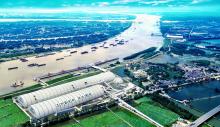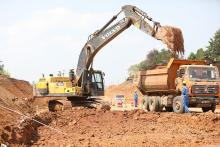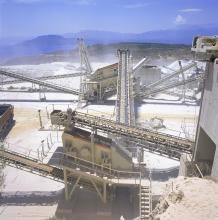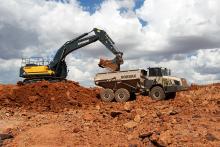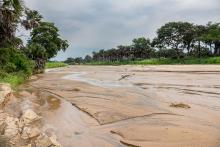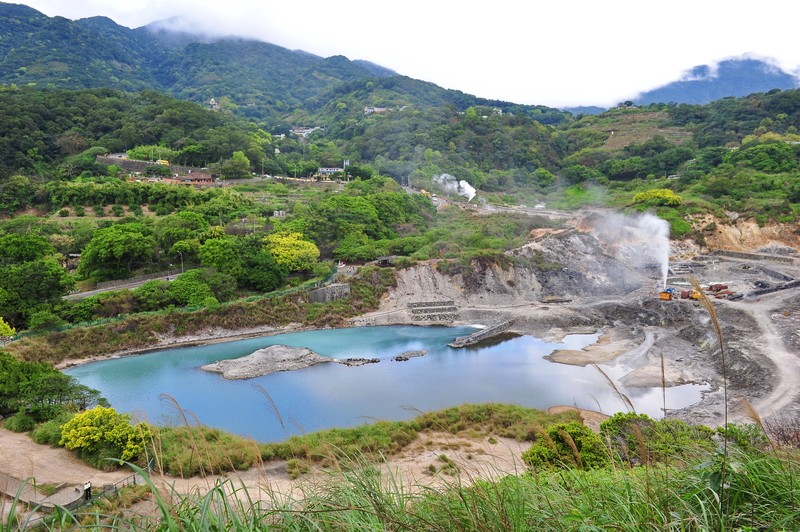
The Taiwan Construction Research Institute has authored a certification system for the country’s mixing plants and quarries. Xu Minhuang, leader of the engineering services group at the institute, says a system for the management of aggregates is required because the lack of controls on their quality has led to “jerry-built” construction projects being found repeatedly around the island.
“There are more than 100 aggregates-producing sites in Taiwan,” says Xu. “The annual consumption of aggregates is 70 million tonnes, so it’s a small-scale industry.
“We certify aggregates as they are a very precious commodity,” says Xu. “In the past they were called black gold. We have had the certification system for quite a long time, and it is how we increase the quality of the industry as a whole.”
The certification system was introduced following the major earthquake in 1999 that destroyed over 50,000 houses on the island. “We needed a system for the certification of the raw materials that were required for rebuilding,” Xu says. The system adopted the ISO 9001 standard.
Experts review each application using 98 different criteria before awarding certification. In an ongoing review process, small factories are tested twice a year, mid-sized factories three times a year, and large plants four times a year. Certificates are reviewed every three years.
“Because of Taiwan’s hot climate we pay particular attention that pipelines are of the right standard,” said Xu.
So far more than 60 enterprises have been awarded certification, equating to around a third of the aggregate plants in Taiwan.
He adds that the size of Taiwanese aggregates enterprises is getting larger. Previously most businesses were private operations, but now they are increasingly run by the government.
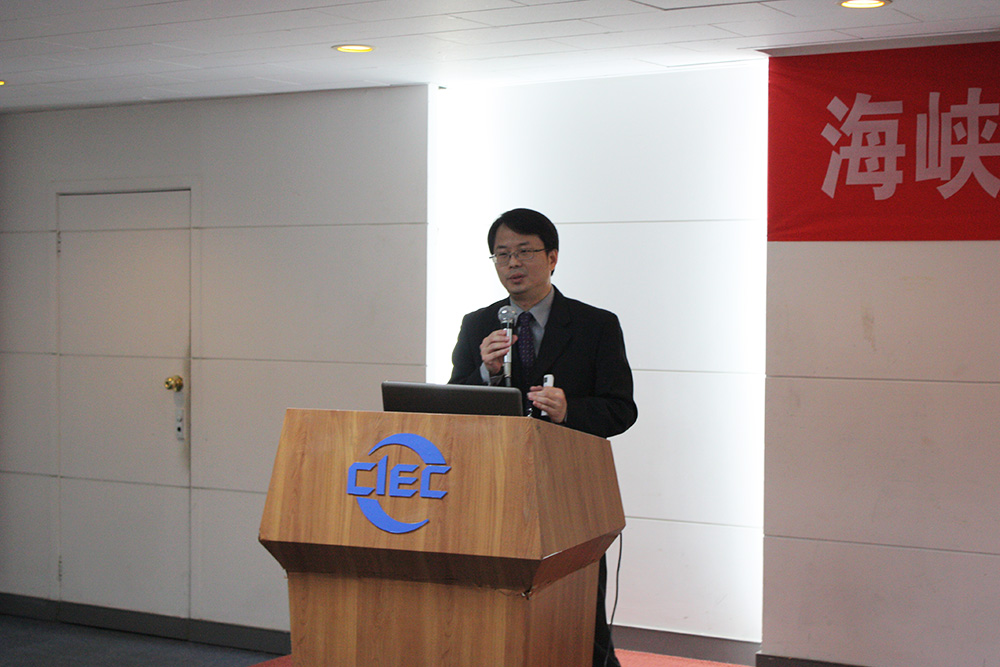
The quarrying and mining sectors on the island are regulated by the Mining Bureau at the Taiwan Ministry of Economic Affairs. The bureau says that over 20 types of minerals are mined or quarried in Taiwan.
A spokesperson at the Bureau’s Earth and Stone Management Group said: “Taiwan is limited by geological terrain, environmental protection and related laws and regulations.”
Taiwan has a limited number of quarries. Its aggregates resources – specifically sand and gravel - mainly come from the dredging of rivers, with secondary sources being surplus earth from construction works and imported aggregates.
The island relies heavily on imports to meet the demand for materials, and the Mining Bureau spokesperson said that it currently imports at least 8-10 million tonnes per year of sandstone aggregates from mainland China, although this figure is declining year-on-year. In total, Taiwan imports around 20 million tonnes of manufactured aggregates from China each year.
In 2017, approved investment from mainland China into the Taiwan mining and quarrying sector totalled US$22.7m, according to research from Statista, compared with US$9.21m in 2016. Mainland Chinese investment in Taiwan was its highest in recent years in 2013 when it reached US$31.75m.
The production value of minerals in Taiwan generates less than NT$40bn (US$1.01bn) in annual revenue, accounting for 0.4% of the country’s gross domestic product (GDP). When imported mineral products are included, minerals contribution to the output value of construction and other industries combined can reach up to NT$200bn (US$5.06bn) which accounts for around 2% of GDP.
Looking at future trends for aggregate supply and demand in Taiwan, the Mining Bureau says that a reduction of river-dredging aggregates will be an issue and that, while the supply gap can be supplemented from Mainland China, the supply of aggregates from the mainland could be at risk from any changes in the political situation between the two countries.
A small amount of aggregates is imported from the Philippines, and the bureau says that other Southeast Asian countries are unable to supply sufficient amounts due to issues with exports and freight charges to Taiwan.
Despite this the bureau says it should be possible for the profit levels in the Taiwan quarrying and aggregates sector to maintain the sustainable development of the industry.
As has taken place in mainland China, there has been a growing emphasis on environmental protection in recent years with companies being required to pay more attention to land reclamation and pollution control.
As part of the ongoing environmental efforts the Mining Bureau has recently commissioned scientists at the National Taipei University of Technology to develop a geopolymer cement and concrete that can reduce carbon dioxide emissions during cement production. The bureau says that this type of cement prepared with mining waste could have the potential to make improvements in this area by not requiring a high-temperature production process.
The Mining Bureau states: “Since the green cement and concrete do not need a high-temperature process, they can be manufactured at ambient temperature, and can fully achieve the purpose of energy-saving and carbon dioxide reduction.
“The results of this project have found that marble-based geopolymer green concrete has excellent properties such as high compressive strength, fire resistance, acid/alkali resistance, and can significantly reduce carbon dioxide emissions.”
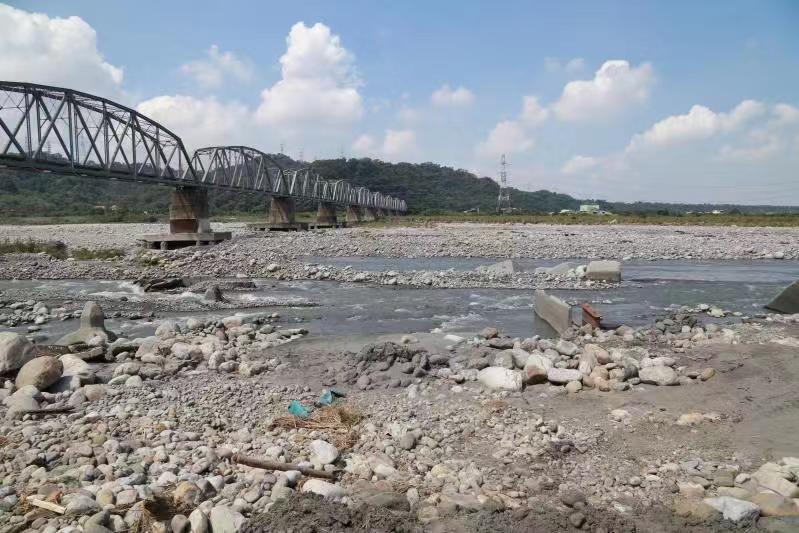
The bureau adds that the green concrete will be promoted and applied to engineering applications in the future, following appropriate testing.
Non-metallic minerals in Taiwan can be classified into three different types: industrial raw materials (including marble, limestone, sulphur, quartz, clay and dolomite), construction materials, and precious or semi-precious stones. A small amount of limestone and clay has historically been produced in western Taiwan, but the main minerals production areas are in the eastern areas of Keelung, Hualien and Taitung.
Limestone deposits are scattered in western Taiwan’s foothill belts and eastern Taiwan’s coastal area. Coral limestone deposits in the west have been used to produce cement, while fossil limestone deposits in the east are mainly used as building materials.
Due to environmental considerations, limestone quarrying in the west ceased in 2010 and the cement industry has now shifted its operations to eastern Taiwan where plentiful marble reserves remain. In recent years more than 20 million tonnes of marble have been mined annually, worth around NT$1bn (US$3.28m). Marble is mined by the open pit bench mining method. Previously, the blasted marble pieces were transported out of the site by truck. However, to boost transportation efficiency in largescale mining, the blasted marble pieces are now tipped into a shaft and moved via conveyor belt to a storage bin for further processing.
Dolomite is obtained on the eastern side of Taiwan and is chiefly used as a building material and industrial raw material. It has traditionally been mined by the open-pit bench mining method, but the tunnel mining method has now become prevalent.
The best-known precious stone produced on the island is Taiwan jade, which is predominantly obtained from Hualian county. Its dense texture and lustre after being polished has seen Taiwan jade become an in-demand item both domestically and for export. There are estimated to be 100,000 tonnes of Taiwan jade that remain unmined. Other precious stones found in Taiwan include Jasper and Aragonite.
The Mining Bureau estimates that there are approximately 300 billion tonnes of marble reserves in the Keelung, Hualien and Taitung areas.
The Mining Bureau also estimates that annual production of industrial raw materials totals is around NT$3bn (US$9.84m). It adds that the cement industry on the island depends heavily on limestone and marble. Various types of sand, gravel and stone are used in the construction industry.

